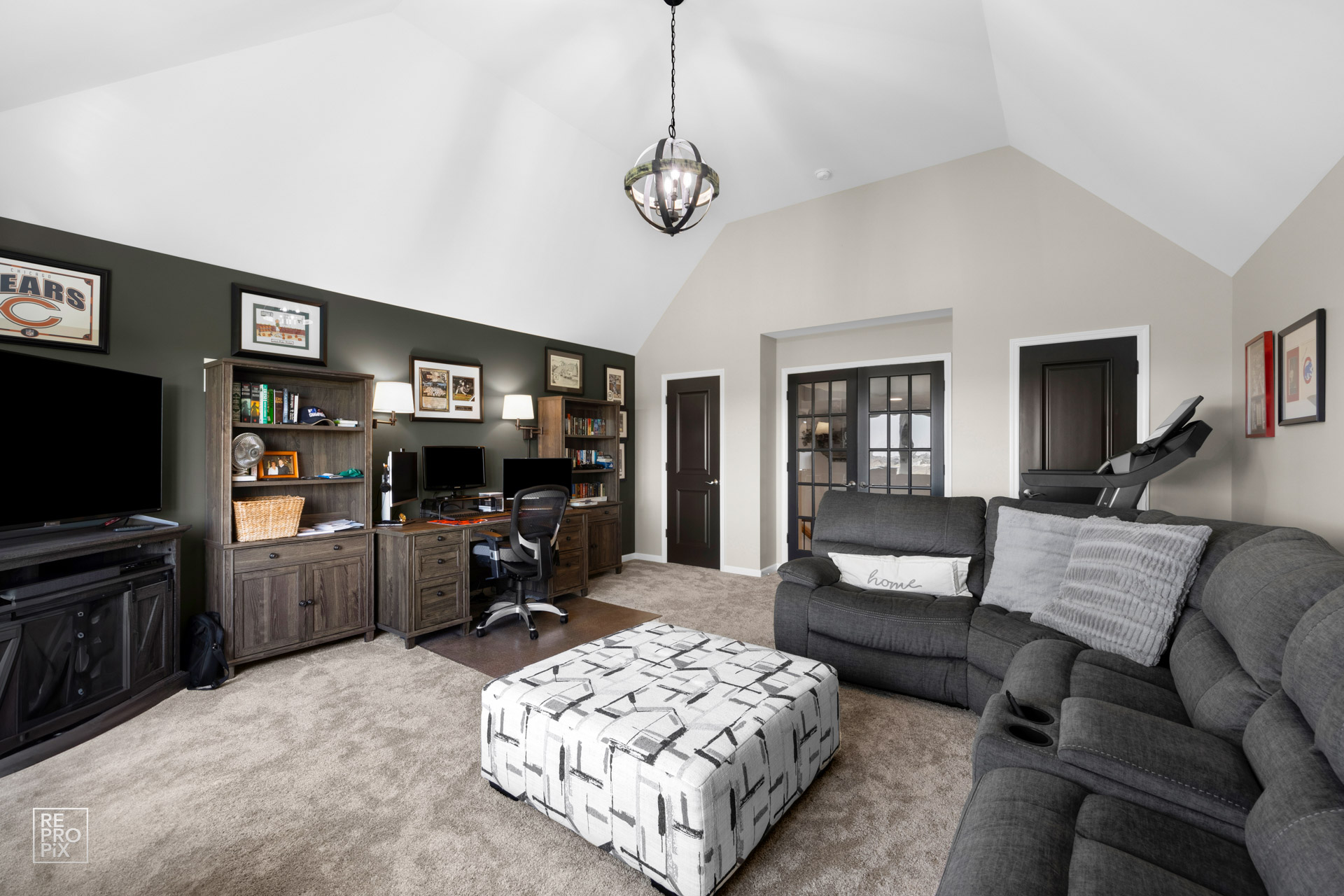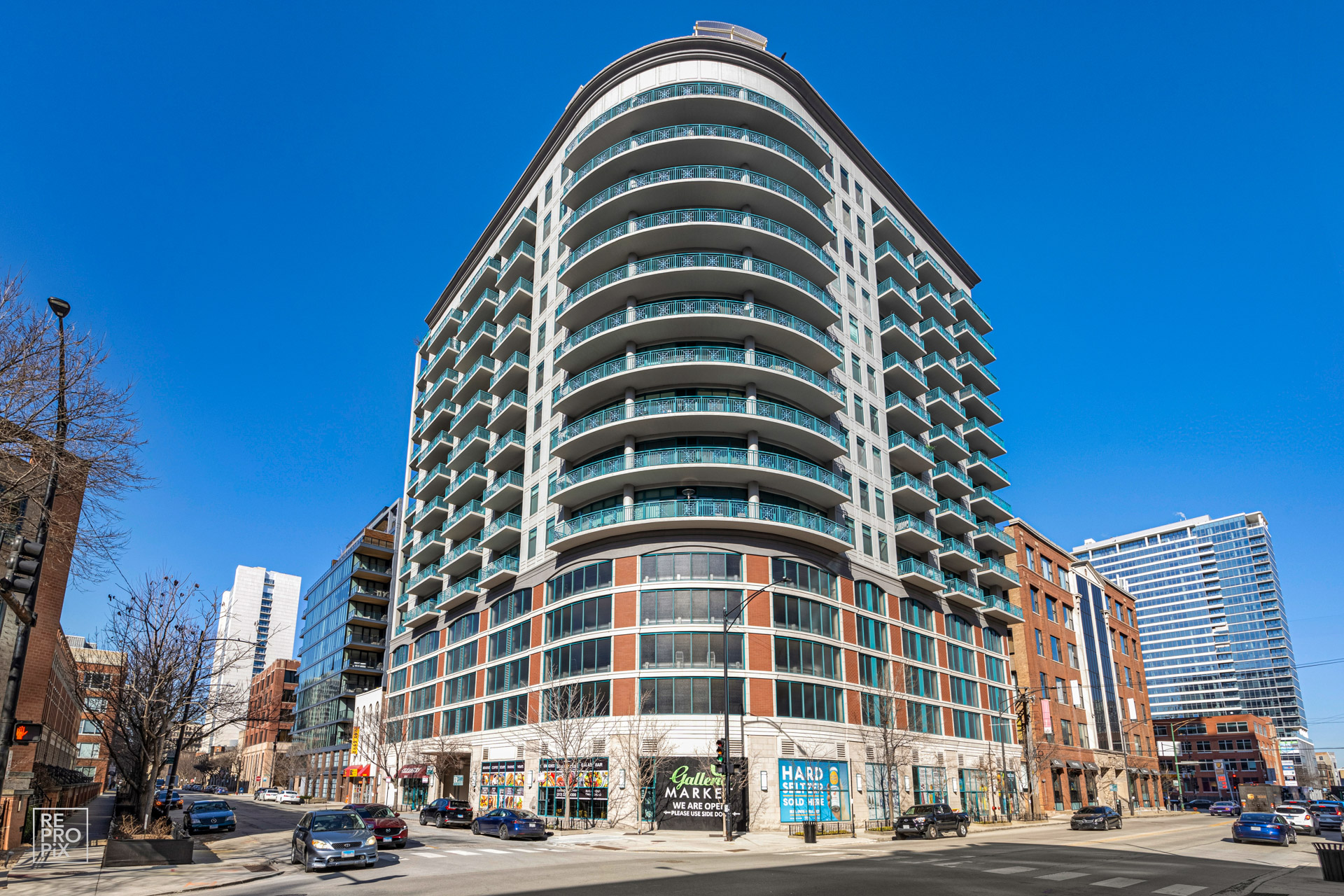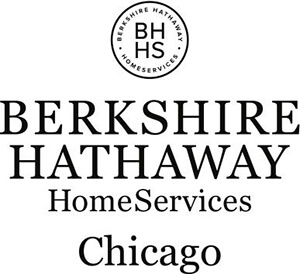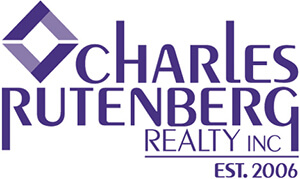Home | Why Phone Camera Isn’t Enough for Real Estate Photography?
Why Phone Camera Isn’t Enough for Real Estate Photography?
By Repropix Editor
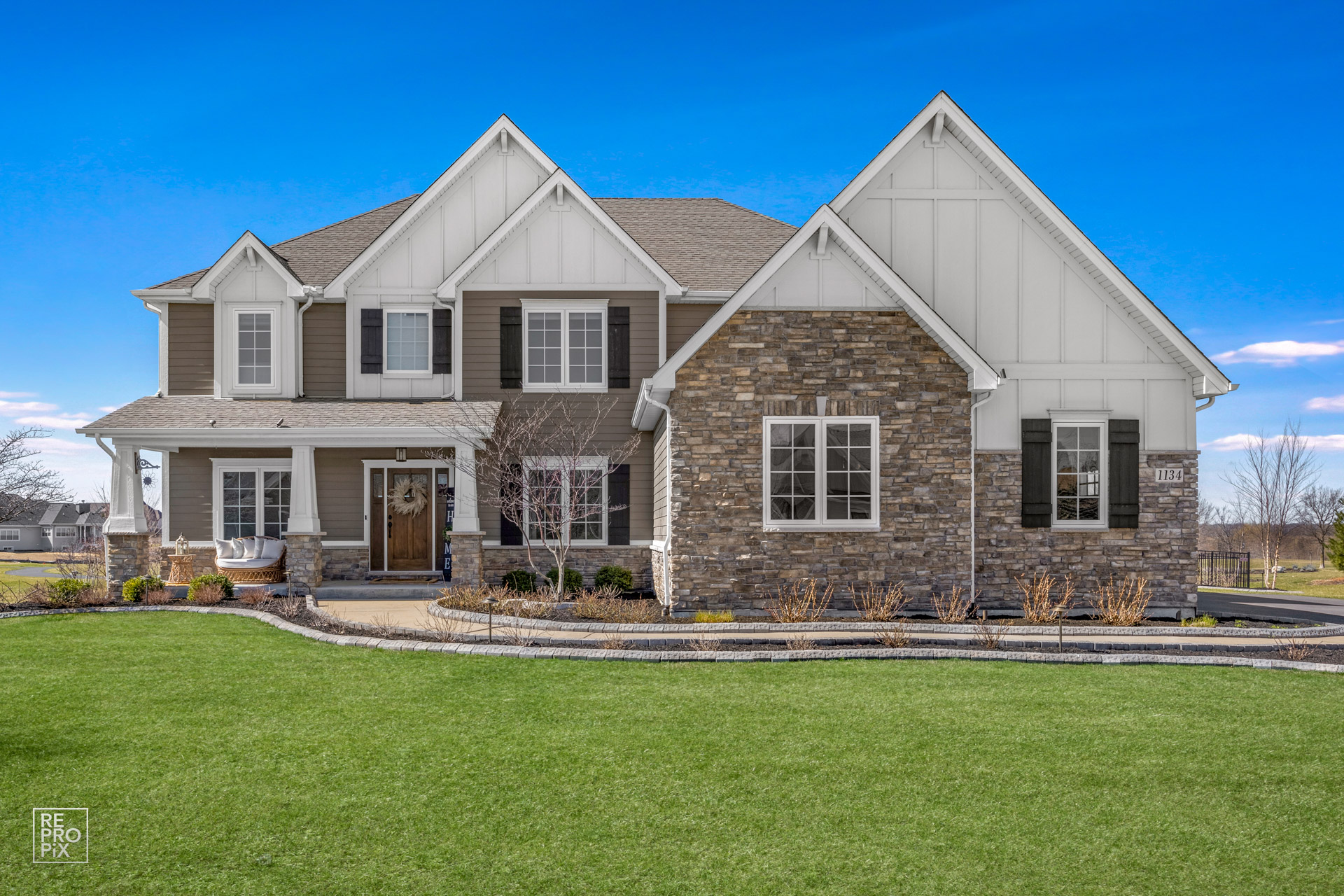

Why Phone Camera Isn’t Enough for Real Estate Photography?
By Repropix Editor
In the fiercely competitive world of real estate, first impressions are not just important—they’re everything. Potential buyers often make critical decisions within seconds of viewing a property listing, and these decisions are heavily influenced by the quality of the images presented. As real estate professionals, we understand that the photographs accompanying a property listing are more than just pictures; they are the first and perhaps most influential touchpoint for prospective buyers. High-quality images can create an emotional connection, spark curiosity, and compel a buyer to take the next step, whether that’s scheduling a viewing or making an offer. This is why, as professional real estate photographers, we emphasize the undeniable importance of using professional HDR (High Dynamic Range) photography to capture the true essence and appeal of a property—a feat that phone cameras, despite their increasing sophistication, simply cannot accomplish with the same level of precision and impact. So, Why Phone Camera Isn’t Enough for Real Estate Photography?
The limitations of phone cameras.
The limitations of phone cameras in real estate photography begin with their basic hardware.
While smartphone cameras have advanced significantly in recent years, boasting multiple lenses and various shooting modes, they are still constrained by their small sensors and limited manual controls. These limitations become glaringly obvious when attempting to photograph real estate, where lighting conditions are often complex and varied. Real estate properties typically feature a mix of bright natural light streaming through windows, coupled with dimmer artificial lighting in interiors.
Capturing these conditions accurately is no easy task and is where HDR photography truly shines. HDR is a technique that involves taking multiple shots of the same scene at different exposure levels—underexposed, overexposed, and balanced—and then merging these images to create a single photograph that captures the full range of light and detail in the scene. This method ensures that every aspect of a property is well-lit and clearly visible, from the brightest highlights to the darkest shadows.
While many smartphones now come equipped with an automatic HDR mode, this feature is often a simplified version of the process, relying on the phone’s software to make decisions about exposure and blending. The result is often an image that may look good on a small screen but falls short when viewed on a larger scale or in print. The highlights may be too bright, losing detail in the lightest areas, while the shadows might appear muddy, obscuring the finer details that make a property unique. In contrast, professional HDR photography allows for manual adjustments at every stage of the process, from capturing the images to blending them, ensuring that the final photograph is a true representation of the property’s light and color. This level of control and precision simply cannot be matched by a phone camera, no matter how advanced.
Specialized equipment.
Another critical factor that sets professional real estate photography apart is the use of specialized equipment, particularly wide-angle lenses that are essential for capturing the full scope of a room or property.
Wide-angle lenses help convey the actual size and layout of a space, giving potential buyers a realistic sense of the property’s dimensions. While some smartphones offer a wide-angle mode, these lenses are often limited by their design, leading to issues such as distortion around the edges of the image. This distortion can make rooms appear unnaturally stretched or curved, which can be misleading and off-putting to potential buyers. Professional photographers, however, use high-quality wide-angle lenses specifically designed for architectural photography, and they know how to position and angle the camera to minimize distortion and create images that accurately reflect the space.
Composition.
Composition is another area where the expertise of a professional photographer makes a significant difference.
In real estate photography, the goal is not just to document a property but to present it in the most appealing way possible. This involves understanding how to use composition to highlight the property’s best features, whether that’s the flow of a floor plan, the abundance of natural light, or the quality of finishes and materials. Professional photographers have an eye for detail and know how to frame a shot so that it draws the viewer’s eye naturally through the space, creating a sense of depth and inviting the viewer to imagine themselves living there. Phone cameras, while capable of taking decent photos in some situations, lack the advanced composition tools and perspective controls that professional photographers rely on to create compelling real estate images. As a result, photos taken with a phone can often feel flat or uninspired, failing to capture the true potential of a property.
Post-processing.
In addition to the technical aspects of capturing the photos, professional real estate photography also involves extensive post-processing to ensure that each image is polished and ready for marketing.
This stage of the process is where the full power of HDR photography is realized. After the initial images are taken, they are carefully edited using advanced software like Adobe Lightroom and Photoshop. During this process, the photographer can adjust the exposure, correct any distortions, fine-tune the color balance, and remove any distractions that might detract from the image.
For example, if there are unwanted reflections, unsightly shadows, or minor imperfections in the property, these can be corrected during post-processing to ensure that the final image is as clean and appealing as possible. Phone cameras, on the other hand, offer only basic editing capabilities, which are often limited to simple filters or auto-enhancements that can’t compare to the nuanced adjustments made by a professional.
HDR photography.
The impact of professional HDR photography on real estate sales cannot be overstated.
High-quality, well-composed, and expertly edited images can significantly increase the appeal of a property, leading to more interest, more showings, and ultimately, quicker sales at higher prices. In a market where buyers often begin their search online, the visual quality of a listing’s photos is crucial in making a strong first impression. Professional photos create a sense of luxury and care, conveying to potential buyers that the property is worth their attention and consideration. In contrast, photos taken with a phone camera can send the opposite message, suggesting that the property may not be of the highest quality or that the seller isn’t fully committed to showcasing it in the best possible light.
For real estate agents and sellers, investing in professional HDR photography is not just about getting better photos—it’s about elevating the entire marketing strategy for a property. It’s about understanding that in today’s market, where buyers are inundated with options, standing out requires more than just listing a property—it requires presenting it in a way that captivates and engages potential buyers from the very first glance. As a team of professional real estate photographers, we bring a deep understanding of both the technical and artistic aspects of photography, ensuring that every image we produce is a powerful tool in the selling process. Our expertise in HDR photography, combined with our high-end equipment and meticulous editing process, guarantees that the properties we photograph are shown at their absolute best, helping our clients to attract more buyers and achieve faster, more profitable sales.
Why Phone Camera Isn’t Enough for Real Estate Photography?
In conclusion, while phone cameras have their place in everyday photography, they fall short when it comes to the demands of real estate photography.
The intricate balance of light, the need for accurate representation, the importance of professional composition, and the critical role of post-processing all require a level of expertise and equipment that only a professional photographer can provide. By choosing professional HDR photography, real estate agents and sellers can ensure that their listings stand out in a crowded market, capturing the attention of potential buyers and ultimately leading to quicker, more successful sales.
Contact us for stunning real estate visuals and follow us on Facebook
